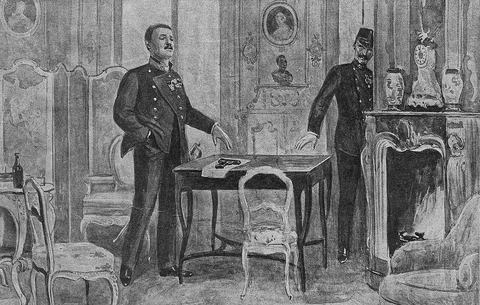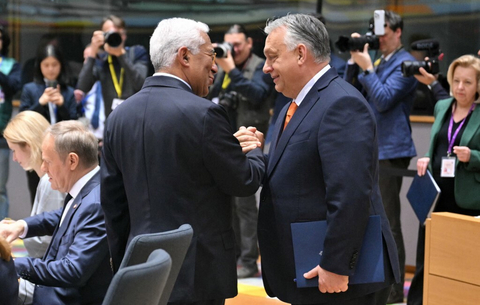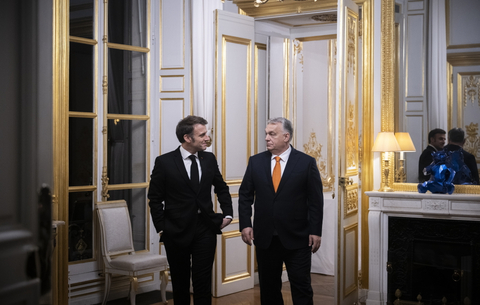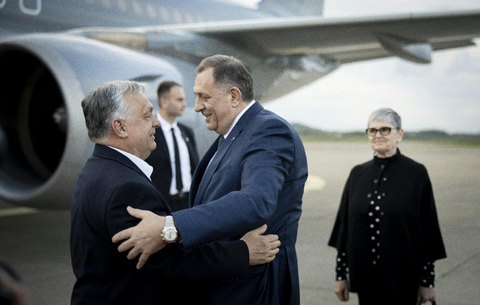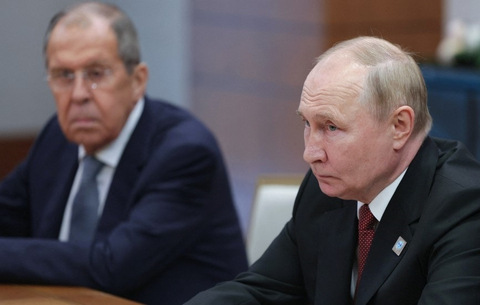Cuts after the rescue package
Hungary needed a global crisis to commit itself to taking serious steps towards meeting the requirements for euro membership. Under better global economic conditions, this could have been achieved with far fewer sacrifices.
© Fazekas István |
Janos Veres, the finance minister, said the lenders made no demands beyond the commitments already made in the 2006 convergence programme. This claim is supported by the fact that the IMF appears to be loosening the strings it attaches to its loans in view of the unpredictable nature of the gloabl economic crisis. "This isn't the moment to be casting stones," a Brussels insider told HVG on the evening before the Brussels summit where the EU's contribution was decided on. There are limits to this generosity: the EU finally decided that its loan would only be open for two years and could not be extended for a further year. The IMF loan falls due in 17 months.
In any case, it is clear from the European Commission's justification of the loan, that the loan had a symbolic purpose - the loan was designed to show that support would be available for all member states that got in trouble.
This tough international response to the threats the financial markets were issuing to Hungary is being used by the government to push through draconian cuts designed to take the country towards the eurozone. The latest of three revisions to the budget will remove the risk of Hungary being subject to sanctions over its budget deficit by the middle of next year and even make entering ERM II a possibility.
The latest budget plan should bring the budget deficit under 3 per cent this year and to 2.6 per cent next year while inflation would be at 4.5 per cent. Government debt is the toughest area: this has to be brought down from 67 per cent of GDP to 60 per cent, but two successive years of falling endebtedness is enough to meet the Maastricht criteria.
